The Job Simulator team is about to blow your plumbus clean off.
Category: virtual reality – Page 82
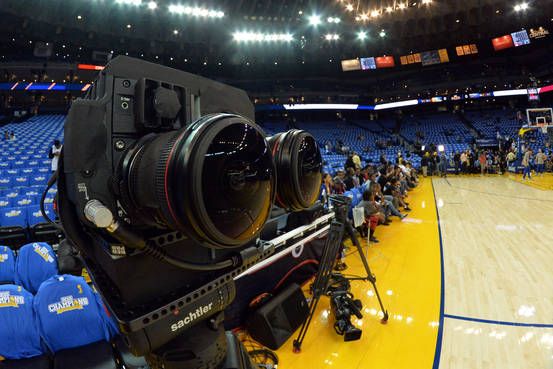


Facebook’s 10-Year Plan: Connectivity, Artificial Intelligence, And Virtual Reality
Earlier this year at Facebook’s F8 conference, the company revealed three innovation pillars that make up the company’s ten-year vision: connectivity, artificial intelligence (AI), and virtual reality (VR). Facebook’s Chief Technology Officer Mike Schroepfer is responsible for leading each of them. Despite the fact that the vision is ten-years in duration, the company has made significant progress in each.
Facebook’s progress in AI can been seen in everything from the company’s news feed to the way in which people are tagged. The virtual reality innovations are best demonstrated through the Oculus Rift, which I demo’d last Thursday. More recently, the company made a great flight forward on the connectivity pillar as Acquila, a long-endurance plane that will fly above commercial aircraft and the weather, took flight in Arizona. The goal is for this v-shaped aircraft that has a wingspan longer than a Boeing 737, but weighs under 1,o00 pounds to bring basic internet access to the developing world.
I met with Schroepfer at Facebook’s headquarters in Menlo Park, and we discussed these three pillars and a variety of other topics, including the company’s recruiting methods, how the company maintains its innovative edge, and the logic behind its headquarters — one of the largest open-space offices in the world.
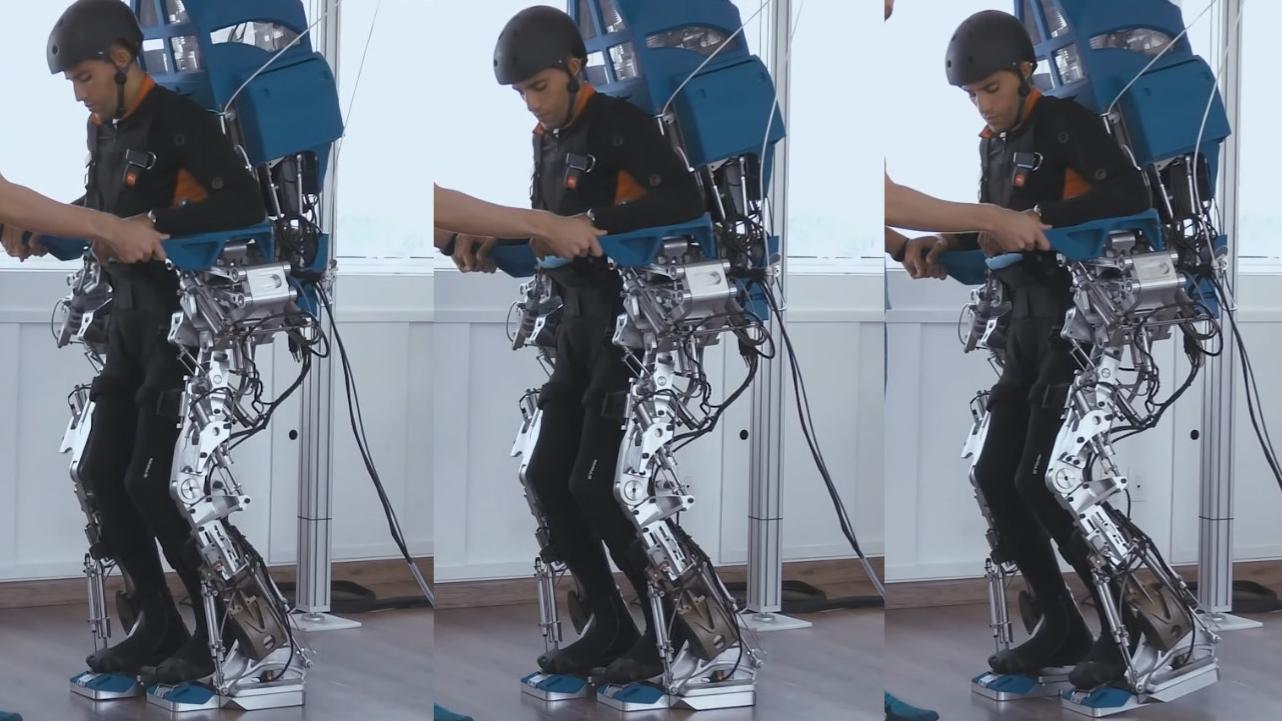
Paralysed patients move limbs after virtual reality training
Eight completely paralysed people have regained function in their limbs following virtual reality training, in an accidental result that has astonished even the scientists involved.
Using a brain-machine interface, scientists showed that people with long-term severe paralysis could retrain the few remaining connections in their damaged spines, letting their brains talk to their extremities once more. This enabled them to feel sensation, move their limbs and improved their bladder and bowel control.
The results came about as a wholly unexpected side effect of training to help people use robotic exoskeletons, which let them walk upright.
Mark Zuckerberg says virtual reality is a stepping stone to telepathy
Mark Zuckerberg reveals Facebook’s VR plans are just a stepping stone to TELEPATHY…
Facebook CEO Mark Zuckeberg told Bloomberg that they plan to use virtual reality to connect all the 7 billion people in the world and believes this technology will lead to a new frontier — telepathy.
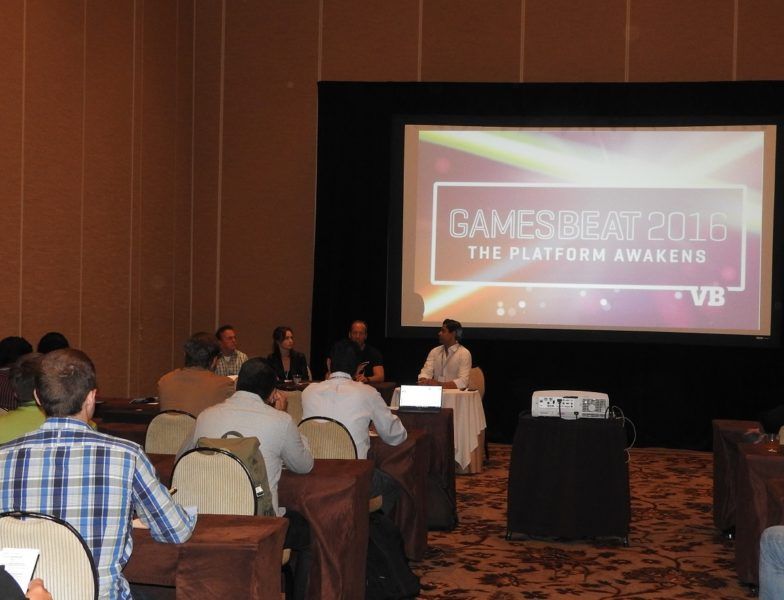
VR VCs examine the gap between expectations and reality — By Dean Takahashi | VentureBeat
“Waves of virtual reality and augmented reality startups have their funding. Venture capitalists invested $1.7 billion in the AR/VR sector in the 12 months ended March 2016, and $1.2 billion of that was invested in the first quarter of this year alone, according to Digi-Capital.”
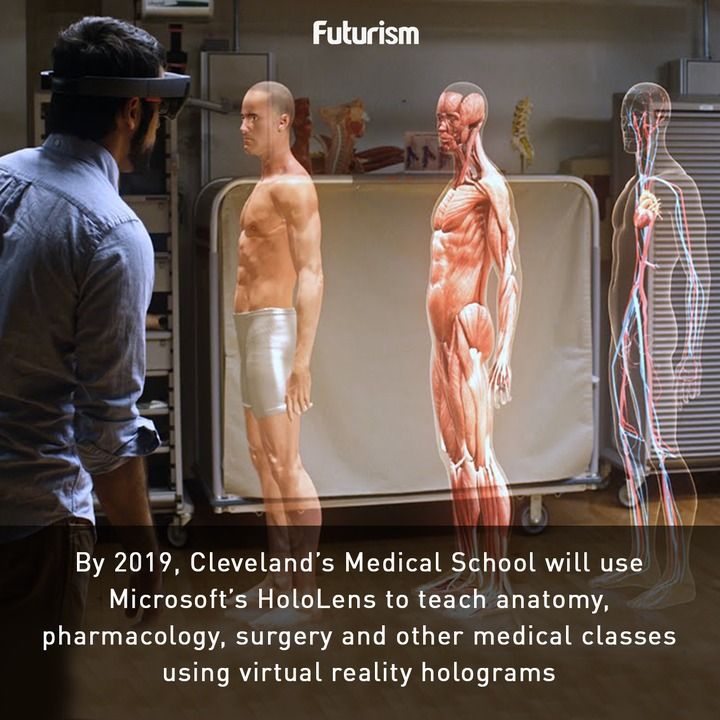
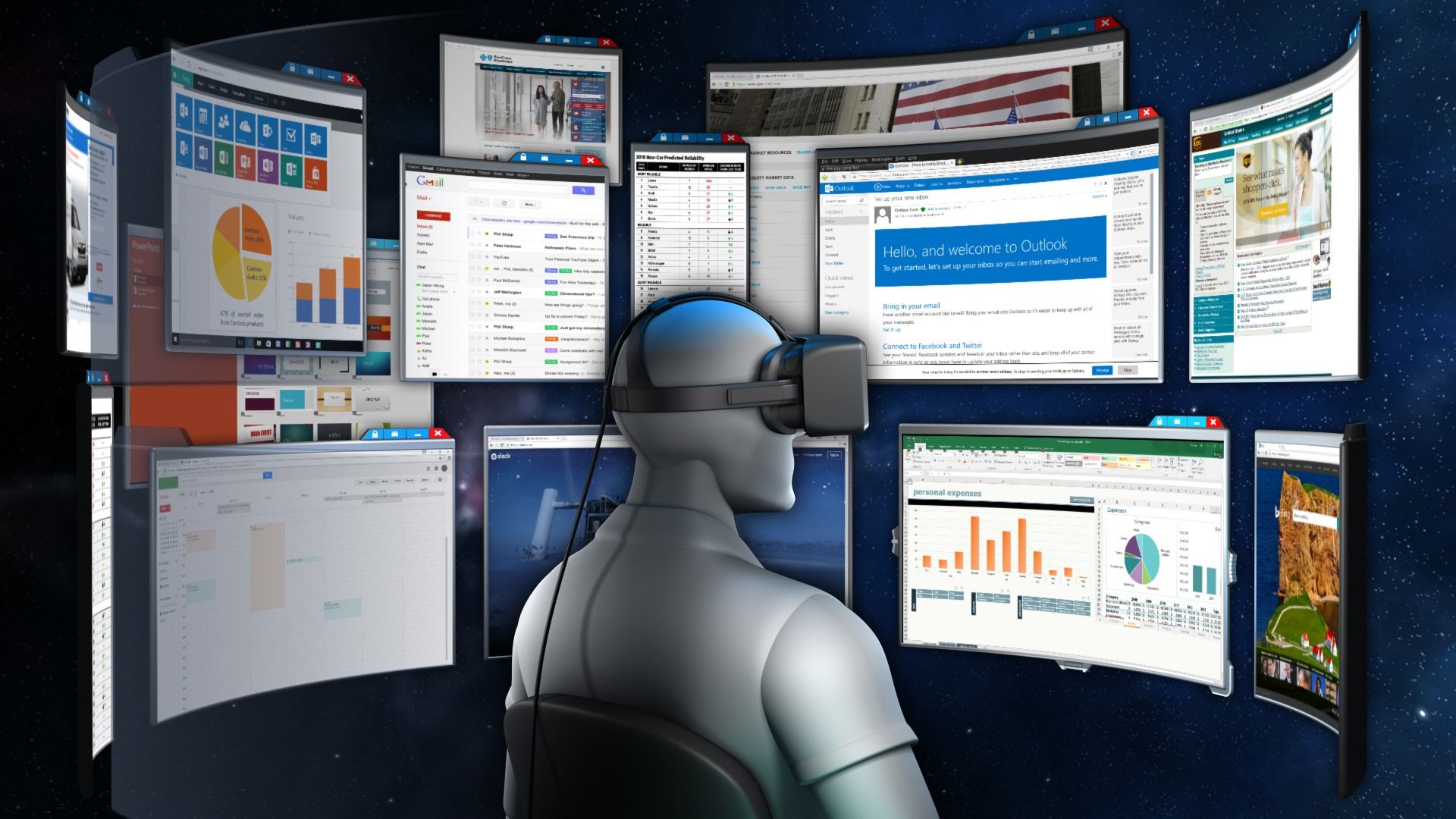
I Worked in a VR Office, and It Was Actually Awesome
Consider the paradox of the modern business office: It’s a place of productivity where busy people meet deadlines, yet it’s teeming with distractions.
Companies are loading up on game rooms and snack bars, while 70 percent of American offices have adopted an open-office floor plan. The hope for open offices was to encourage random hallway banter, which can lead to innovation, but it’s not working out so great. Turns out privacy is a necessary condition for supporting productive people.
To end the oppression of open offices, several startups are building workstations of the future: software that pulls everything we normally do on a computer inside of virtual reality (VR). After all, what’s more private than a VR display around your head?
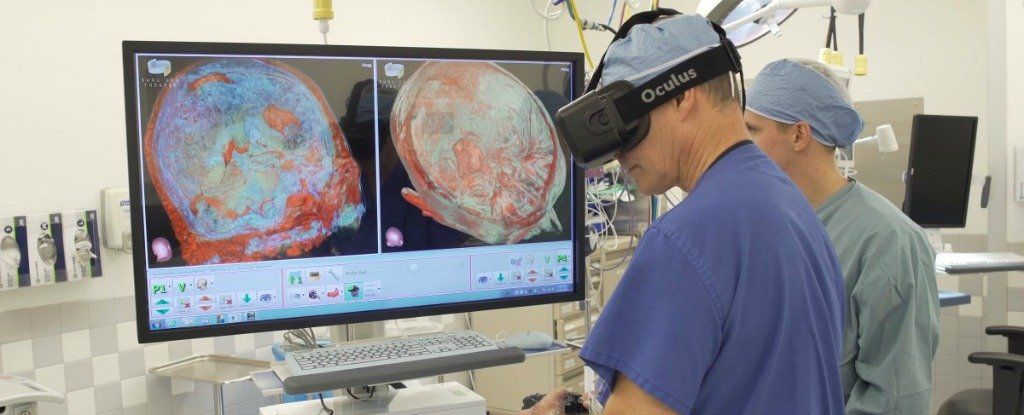
A team of ex-fighter pilots have invented a new way for surgeons look inside brains
Fighter pilots and brain surgeons have a lot in common. With limited time and a high degree of risk, they must zero in on a dangerous target with the intent to destroy, making sure to minimise any collateral damage.
Perhaps no one understands that relationship better than Alon Geri and Moty Avisar, veterans of the Israeli Air Force and co-founders of Surgical Theatre, an Ohio-based company that brings state-of-the-art virtual reality to brain surgeons.
Physicians in thick black goggles can step inside a patient’s skull, explore the malformed region, craft a strategy for entry, elimination, and exit, and even do dry runs of the surgery itself. When it comes time to make the first incision, there are fewer surprises.